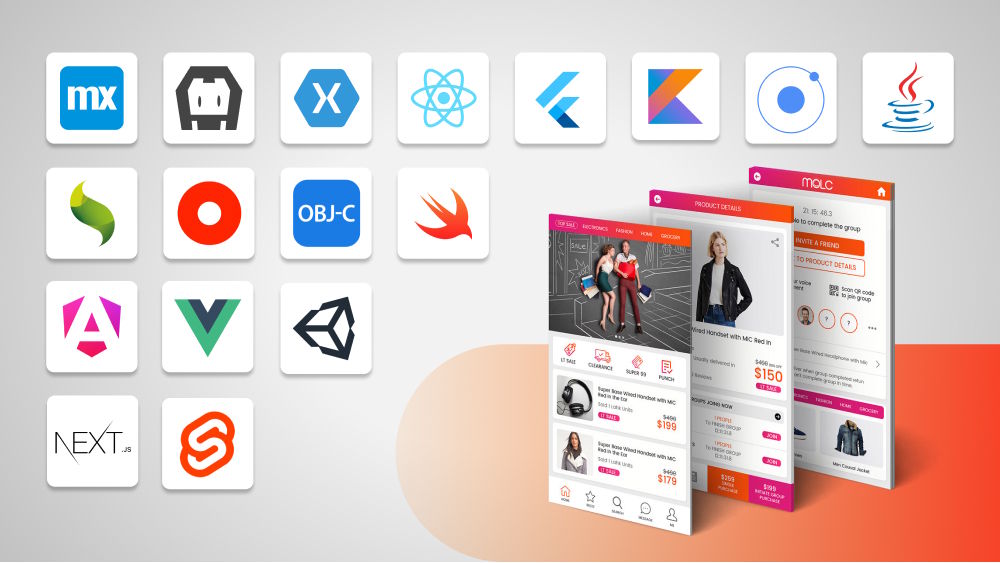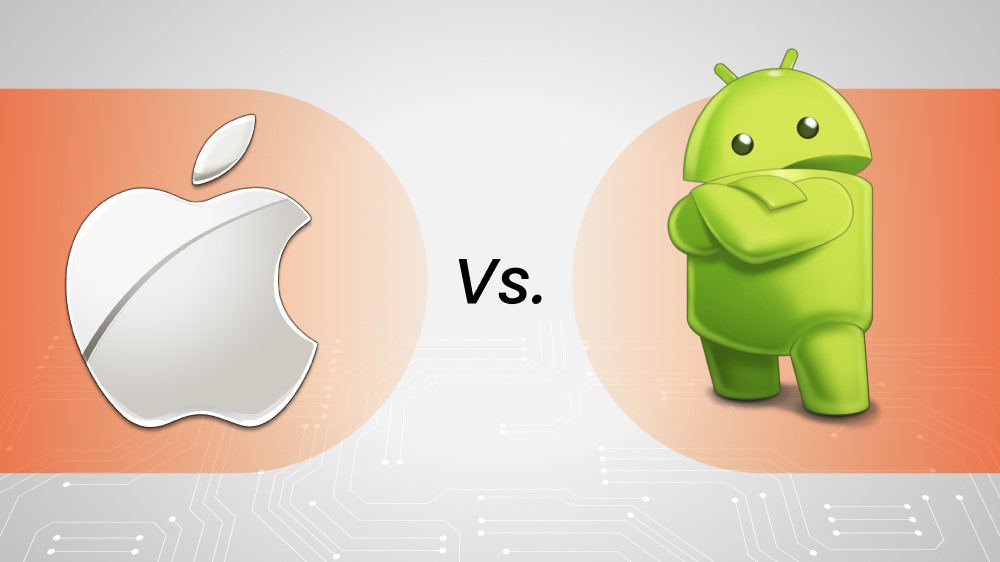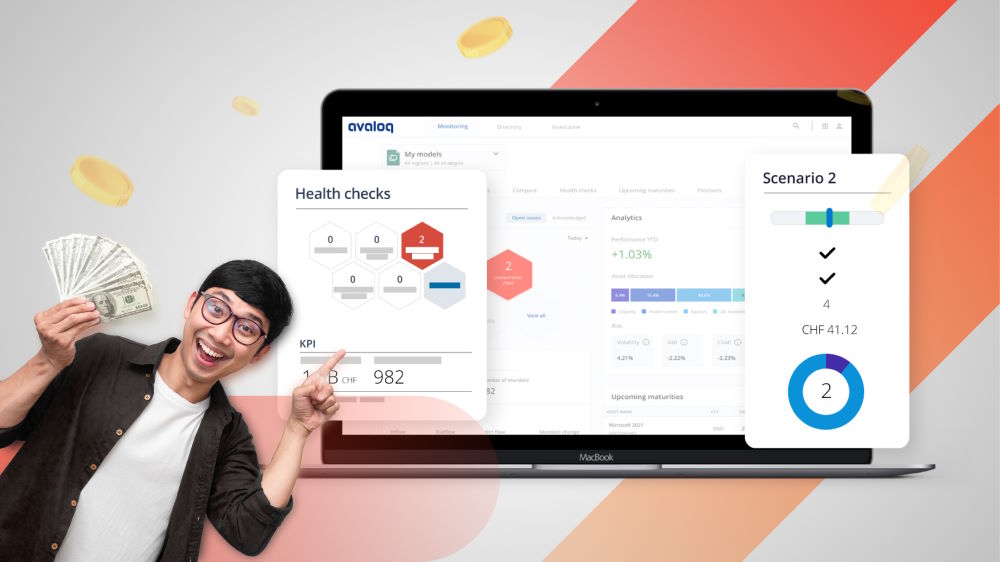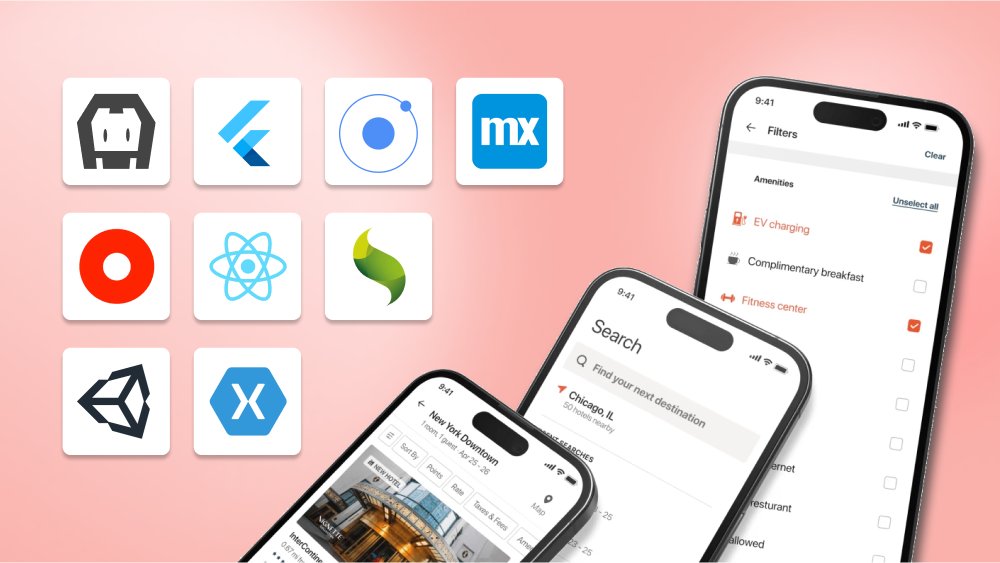The Easiest Way to Implement a Robust Application Support Model
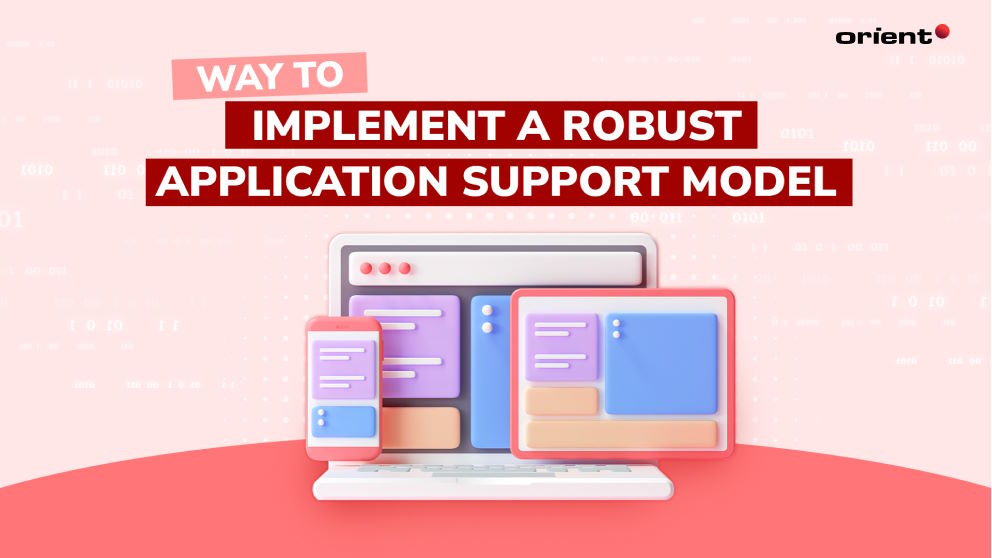
Content Map
More chaptersAs customer behaviors and cyber security risks evolve, businesses, regardless of size, have to accept the fact that their software development process is never truly complete. After officially putting the product into operation, you cannot carelessly leave it in the corner without providing support and necessary maintenance.
Your product may be working fine at the moment. However, bugs, unforeseen issues such as bugs, and errors can cause unresponsiveness at any given moment, and the business needs may change over time to accommodate the continuity of critical operations, which all lead to heavy financial losses and a decline in the number of existing users.
Nowadays, businesses are paying more attention to best practices of providing maintenance and support for an application or software system after deployment to eliminate the above situations and create a competitive advantage over competitors in the same segment. The framework and processes put in place in this process are known as the technical “application support model.” How the production support model is applied will directly affect the product lifecycle.
Introduction to Application Support Models
An application support model refers to the activities and framework to ensure the smoothness of an application or software system’s ongoing support after deployment. Specifically, this structured approach includes both human support and technical support by maintaining the application’s functionality and performance and addressing user issues throughout the product lifecycle.
In particular, technical support may include members of the technical management team responsible for applying best practices to maintain the organization’s economic systems. In contrast, human support specializes in handling professional support requests to ensure an uninterrupted customer experience and reduce delays as much as possible.
The terms “application support model” and “production support model” are often used interchangeably today because of some overlap and close connection. However, the two definitions are not the same if we analyze them regarding technical aspects. While production support models are vital components of application support models, the latter encompasses a broader range of considerations and activities beyond simply supporting the production environment.
How Support Services Improve Product Lifecycle and User Experience?
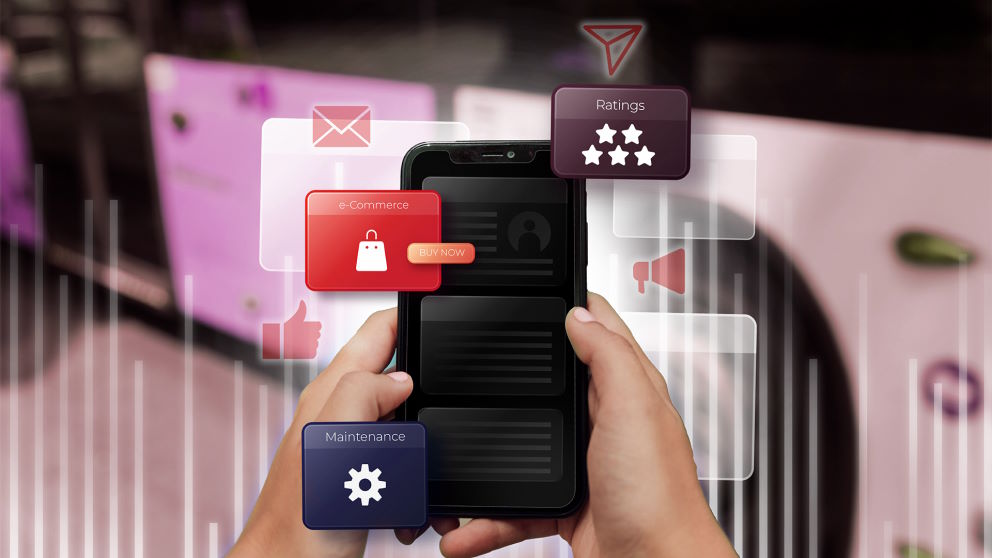
Software development is a never-ending process. To ensure that the product does not have any unexpected errors after being put into official operation and fully meets the needs of end-users, the in-house support team must continue its journey with maintenance, support, and troubleshooting application issues. However, the benefits of approaching a specific application support model are far more than that.
- Issue Resolution: The application support model is prone to identify and tackle complex issues affecting a product’s functionality, from bugs and errors to distinct types of security threats.
- User Satisfaction: By providing efficient and timely support services, dedicated resources like the production support team quickly resolve problems associated with an application, leading to positive user experience and user satisfaction.
- Continuous Improvement: Support models include problem management processes to analyze recurring issues and identify root causes. By solving these underlying issues, the support teams implement long-term solutions, facilitating continuous improvement.
- Change Management: Any application requires enhancements and updates to meet ever-changing user needs or address emerging problems. In this case, the application support model with change management processes will be helpful in implementing these changes in a controlled and coordinated manner.
- Knowledge Management: Not only support users through support channels, but the production support model also disseminates background knowledge and documents common issues. Equipping users with a centralized repository of knowledge improves overall support efficiency.
A custom software product’s lack of a support model can have far-reaching consequences. Issues that go unresolved for extended periods lead to increased system downtime. Users may find it frustrating to solve problems without adequate support. Furthermore, the project may compromise user privacy and damage the organization’s reputation by not offering timely updates and patches, security benefits, or exploits. All of the above pitfalls are the most valuable evidence that businesses need to pay more attention to application support models.
Two Production Support Models that Commonly Used
As user expectations of fast application resolution times are rising, businesses, regardless of size, need to prioritize promptly and efficiently application support models. Among them, there are two most popular models that are widely applied in custom software applications, namely the Tiered support model and the Swarm model.
Both these approaches offer their own benefits and drawbacks, which are suitable for different scenarios. Deciding which model to choose depends heavily on factors such as team dynamics, the nature of the problem, and organizational preferences.
Tiered Support Model
The Tiered model, or the Multi-level support model, has been around since the advent of technology services and is currently the most widely used approach. The feature of the tiered support model lies in dividing the support team, including user support staff and technical support staff, into different levels or tiers based on issue complexity and severity. There are a total of four tiers, and each is responsible for handling specific problem types.
- Tier 1: This level consists of a support desk that specializes in receiving and solving basic repetitive issues such as account administration, software usage, and password resets and does not require extensive knowledge from experts.
- Tier 2: This level deals with more complex issues that relate to usage problems and require technical expertise from professionals in particular technologies.
- Tier 3: This is the highest level of support, which resolves the most complicated application issues. Only top-level experts, the creators, or personnel who are involved in the development process are capable of solving tier 3 problems.
- Tier 4: Any issue associated with services and technologies that are upon the expertise of the in-house support team is extended to external vendors at tier 4.
Swarm Model
In contrast to the Tiered support model, the Swarm model has no hierarchical barriers or one-way escalation. This model promotes smooth coordination and the power of collective intelligence among members of the development team and stakeholders within the organization to quickly address a specific issue.
To do this, the in-house team must build a cohesive relationship and openly share knowledge about solving problems, thereby solving them effectively and quickly. With the Swarm model, no fixed role or level is assigned to individuals, and every member has the right to present different perspectives on the problem and contribute to issue resolution.
A Comprehensive Guide to Develop an Application Support Model
This section will not cover initial steps that may be related to internal aspects of the company, such as defining support objectives or market inquiries, as each company has different technical requirements and characteristics. Instead, there will be key stages around developing and optimizing the application support model for businesses in general.
Choosing between Internal Support and External Support
As with all product development, building an efficient application support model is more than a daunting task that requires much technical expertise. This is the time when you assemble your product with a dedicated team of experts and turn your support team into real life. Because having the right team in place will greatly affect the success of a support model more than anyone else, businesses need to choose and consider carefully the team they will collaborate with in the future.
Internal Support
There are two most popular hiring approaches today, including internal and external support. If your company has enough human resources and professional skills, do not hesitate to use available in-house human resources because this option gives you full management and administration rights.
However, what is a qualified in-house support team? It is recommended to evaluate them through factors such as domain knowledge, skill sets, and experience necessary to handle different aspects of application support promptly. Try to arrange a reasonable number of members on the support team to avoid overload during work.
External Support
On the contrary, if you want to focus on core competencies and deal with developer shortages, an outsourced team will be the optimal choice for you. Outsourcing services brings businesses many benefits. With the talent pool available from all over the world, you don’t have to worry about complicated recruitment processes or time-consuming training programs while still saving money.
Today, along with the development of the technology field, third-party vendors provide a variety of hiring models, from onshore and nearshore outsourcing to offshore outsourcing, which can all work remotely or onsite depending on customer requirements. Outsourcing renders 24/7 support to users and provides a seamless product usage experience for users.
Assigning Roles and Responsibilities for the Support Team
Things will become simpler if businesses choose the Swarm model from the start, as it operates without a hierarchy. On the other hand, the Tiered support model mandates clear definitions of roles and responsibilities for each tier to cater to technical surveillance and fulfill client requests. Simply put, the user support staff is tier 1, the technical support staff is tier 2, and software engineers are tier 3. Regardless of the tier, this process includes identifying who will handle incoming support requests, troubleshooting issues, escalating problems, and communicating with stakeholders.
By categorizing support requests and in-charge personnel into different tiers, organizations’ helping resources are exposed to the full potential and the appropriate level of expertise to ensure that high-priority and complex issues receive the necessary attention.
Setting Clear Response Time Limits
Quick response time leaves application users more than a good impression, leading to increased brand loyalty. That’s why today, more and more companies are adopting the superiority of AI (Artificial Intelligence) solutions like chatbots, as they are capable of providing 24/7 customer care. In order to save the available user base, businesses need to set strict regulations on response time limits and disseminate them throughout the support team.
Unlike machines, people need time to serve personal needs besides work. However, businesses can still provide 24/7 support by dividing the user support staff into many different shifts, including morning and evening shifts, ensuring uninterrupted customer service delivery. This type of around-the-clock support is especially necessary for external custom software whose downtime can cause heavy economic and reputational damage, such as banking apps, e-commerce platforms, etc.
Besides a support model of 24/7 availability, businesses can also apply other less intensive options, such as 8/5, 12/7, or 12/5, etc., as long as they are still committed to effective support.
Establish Appropriate Communication Channels for Support Requests
Communication channels are the place to receive and answer problems related to software usage and technical operations. Choosing a support channel may appear straightforward, but it is actually more complicated than it seems. In addition to considering channel coverage and the potential of the business itself, you also have to assess end-user needs because they are the ones providing feedback and requests. Do they need real-time assistance, self-service options, or a combination of both? Answer these questions and identify the right channels for your product.
Some current appropriate communication channels include:
- Phone Support: This traditional approach allows for direct interaction and real-time problem-solving.
- Email Support: Users contact the support team via email address, allowing for asynchronous communication and relevant document attachments at their convenience.
- Ticketing System: Allowing users to submit support issues through a dedicated platform increases organizational efficiency, tracking support tickets, and efficient collaboration within the support team.
- Social Media Support: The development of platforms like Twitter, Facebook, or LinkedIn helps businesses have a completely free support desk.
- Live-chat Support: Live chat offers instant responses and can be convenient for users who prefer text-based communication.
You can absolutely choose to use multiple communication channels at the same time. However, that is a double-edged sword. Contacting through multiple channels creates favorable conditions for users when there is a need to solve problems. On the contrary, collecting information and data from many different sources hinders the support team’s handling and synthesis of support requests.
Hope the above article has provided you with useful information and application support model best practices. Don’t hesitate to contact Orient Software with any questions about the application support model.

